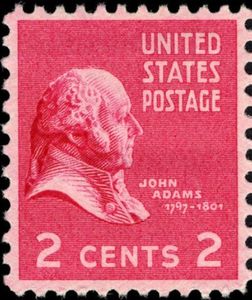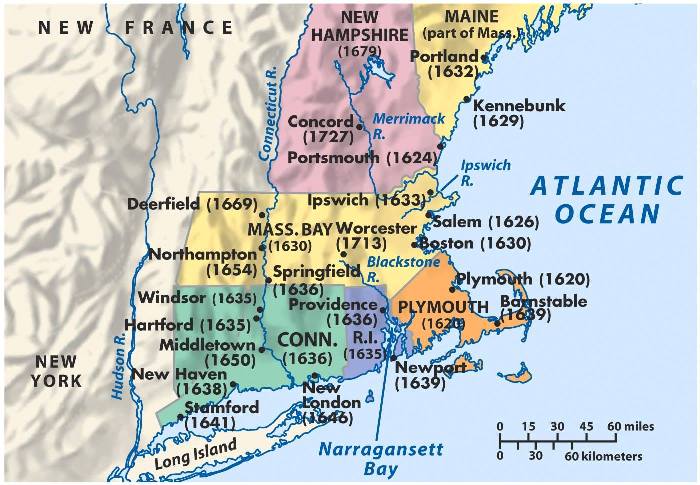Recently, I have had folks talk to me about my process for doing research. And I have had lots of input from my dear friends with the Guild of One Name Studies.
I want to start with a story that I am sure is apocryphal and yet illustrates an attitude that drives my research.

A mother is teaching her child how to roast a beef roast. She starts by cutting off the end and putting the two pieces in the roasting pan. The child asks, “Mom, why are you cutting off the end?”
The mother answers, “That is how I was taught by my mother.”
A few days later, the mother is on the phone with her mother and asked, “Why did you always cut the end off the roast?”
Her mother answered, “Because the roasting pan I had did not fit a full roast.”
I like this story because it illustrates how so many researchers go about their studies. They were taught one way and blindly keep doing it that way, never questioning why they were to do it that way or looking to see if a better, faster, or more effective way to work might exist.
Let me share a couple of examples…
First is genealogical sourcing. I know I am going to get a ton of push back on this, but I think how so called professional or expert genealogists teach sourcing is archaic and frankly ineffective.
Two problems exist.
If you add that such and such a record “proves” some factoid, how is your reader going to know if it does without seeing the record. And what if you have another record that provides another value for the factoid. How is a reviewer supposed to know which you believe?
The program Evidentia handles this best by looking at each record and identifying all of the claims that the record makes and then allowing the researcher to look at all of the claims associated with ta particular factoid thus allowing the researcher to make a judgement as to what the best assertion that can be made about the value of the factoid. And, whenever a new record with a claim about that factoid is found, the researcher has the opportunity to re-evaluate what the assertion should be.
The problem is that Evidentia technology needs to be incorporated into genealogy programs so that assertions made in a genealogy can be checked.
The other aspect to this is that a citation might be nice for historians, but in today’s world, a researcher would like to see the evidence. … not have to go try to find some obscure source document. That technique was fine when copiers and digital images and large online databases did not exist.
My technique is quite simple. I add transcripts of all of the source records to appropriate note fields. And whenever I am making a contentious assertion and I have an image of the key record, I will add that image, especially if the image is not easily available (like a census record), that anyone reviewing my data can see why I am making my assertions.
Another shibboleth I want to tear down concerns how the Guild of One Name Studies teaches new members about how to do a study. One of the first things they tell new members to do is to download all of the BMD and Census index records into a spreadsheet. BORING! That is only a good technique if you plan to publish meaningless spreadsheets of English data.
Why is this taught? Because, when the Guild was founded in England in the late 1970s, the only way to get such data was to manually transcribe it from the various record sources so it made sense to gather as much data as you could whenever you made a trip. However, today, most of that core data is available on multiple sites. You now can download the BMD data for English and Welsh civil registrations in seconds; why do you need these spreadsheets?
Let me step back for a minute. Are there any people doing one name or surname studies who are not first genealogists and family historians? What gives them joy beyond their personal genealogy? I will argue that it is in learning about bearers of a surname and learning where those bearers came from (and maybe if they might be related to me…); where my surname came from; where the bearers traveled through history.
I have always contended that building out a genealogy of a bearer line is much more interesting than accumulating random facts associated with a surname. It is more interesting and satisfying to identify a family and discover how that family through time has evolved.
I share this as I want to explain how I enjoy most approaching any of my study surnames, my registered studies of the Stedman and Ridsdale surnames and my personal studies of the Halls of New England and several of the Davidson families of the US.
My approach now is to identify a modern day bearer of the surname, famous or not, or descendant who has a bearer as an ancestor. Then rework their genealogy along the bearer line. This is what I did recently when someone mentioned the Aircraft designer Robert L. Hall. Along the way, I try to document the 20th century family as well as possible.
I have often been sent trees to include in that master file. I really appreciate those submissions, and I do use them when I can. But, as many know, I have been burned in the past by doing it, and the research is not documented to my standard. It is not that I consider the research bogus. It is that I have developed a style for recording information (eg, sources, places, names, etc.), and I am trying to make my web presentations as consistent as possible.
I hate to say to someone that something I worked on, or was given 20 years ago, is unsourced so I cannot prove it today. (Of course, that means that I have to immediately redo that family!)
Everyone should be doing their research and studies in a way that gives them joy and satisfaction and will have value to anyone trying to use it. I just ask if what you are doing is giving you joy?





